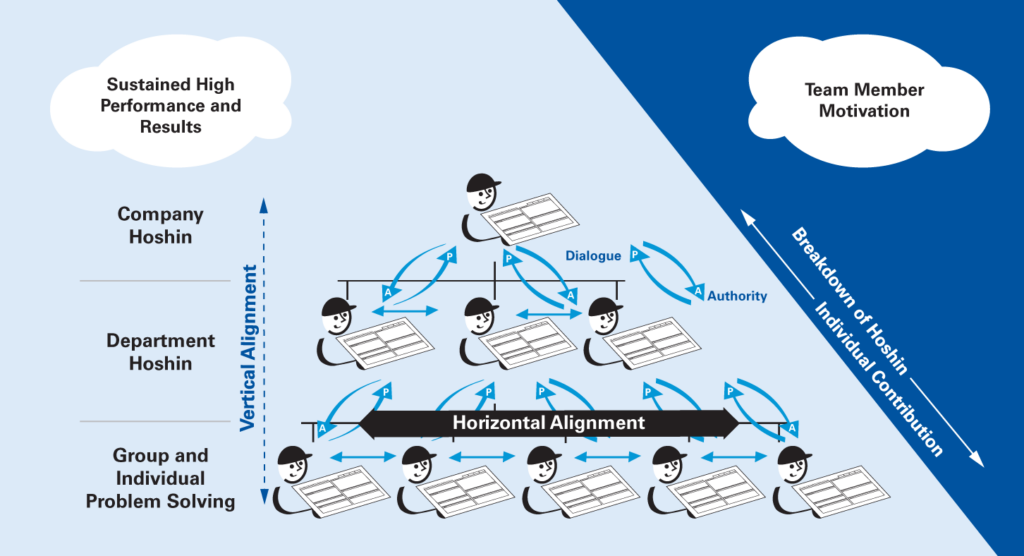Customer value basically means: what does your customer find valuable and is your customer willing to pay an appropriate price for it. It is wise to talk to customers about what they find valuable about your product and/or service. If your product or service helps a customer and solves his or her problem, then your organization has a right to exist. Your organization probably wouldn't exist if no one found your products or services valuable and wanted to spend money on them. Within Lean , customer value is an important concept: it looks at all the steps in a process and asks the question: does this step add value (is this a value-adding or value-creating activity?) for our customers or not? If the answer is no, then the next question is: can we skip or eliminate this step? And what should we do to do that?
Determining customer value is not always so easy, because customers often value different things, or it depends on the situation. But by asking the question you get a better understanding of which steps in a process are valuable to the customer and which steps are not. Customer value is also expressed in SQDC or Safety, Quality, Delivery and Cost. Customers want a safe product, of a certain quality, at a certain time and for an appropriate price. This helps to see more precisely what is a valuable step or not, or what you need to work on to create more or better customer value.
Value is therefore the first principle of the five Lean principles.














.jpg)




.png)
.png)

